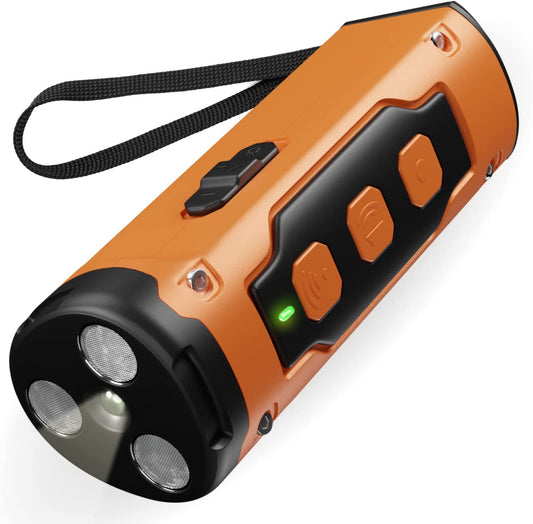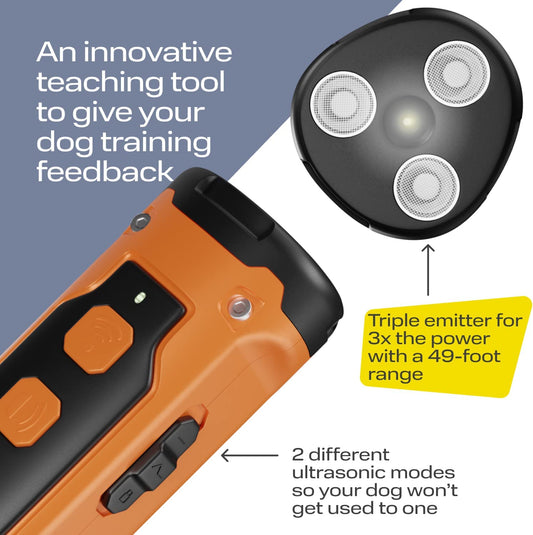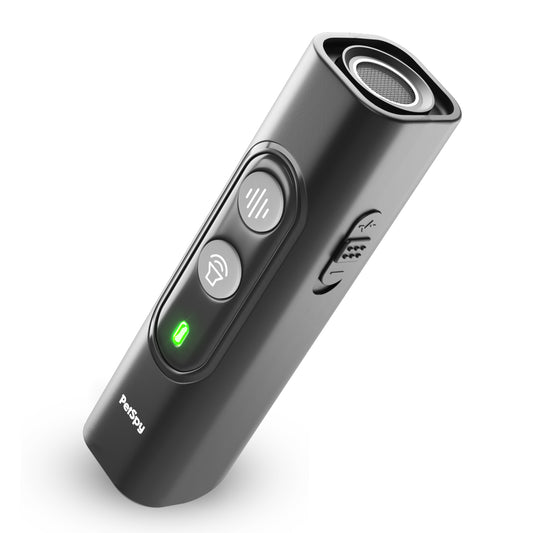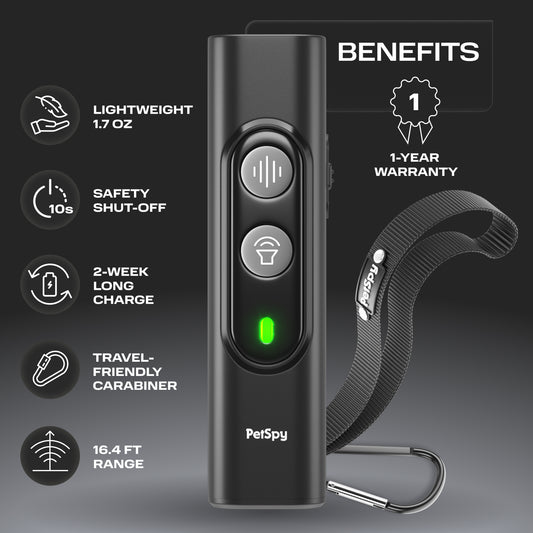-
N30 Ultrasonic Barking Dog Deterrent - Stop barking device
Regular price $35.00Regular price $35.00 Sale priceUnit price perSold out -
N10 Ultrasonic Anti Barking Device - Anti barking device indoor/outdoor
Regular price $29.99Regular price $29.99 Sale priceUnit price per




